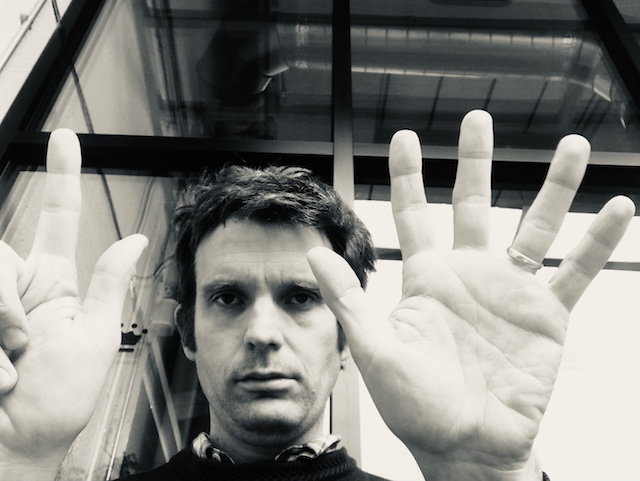Hold this figure in mind: 7%.
In 2019 the UN Environmental Programme (UNEP) published a report concluding that in order to limit global heating to 1.5 degrees, we need to reduce carbon emissions by 55% below 1990 levels by 2030. That’s equivalent to 7% per year, starting now, every year until the end of the decade.
That is faster than they fell in 2020 during the pandemic.
At COP 26, world leaders failed to reach any meaningful commitment to reduce individual country’s carbon emissions (referred to as Nationally Determined Contributions, NDCs). This leaves us on track for global heating in the 2 to 3 degrees region, which will have catastrophic consequences for the ability of Earth’s bio systems to support life as we know it.
Governments have failed us. But bear in mind that the built environment sector is responsible for 39% of the UK emissions. As the people who work in, design and operate this sector, that’s our bit of the pie. As professionals, whose service to society is our highest value, it is our responsibility.
If we continue to build the projects we do, polluting at the level that we do, then we are as guilty of trashing the planet and humanity’s hopes for living on it well and peacefully as the world leaders who failed to reach any binding commitment.
That is why we need to starting taking action now. No project or sector can escape this ratchet.
All infrastructure projects, need to be built with lower impact. Some will be harder to build with lower impact, and so we should prioritise stopping the projects that we don’t need – luxury apartment blocks, HS2, airport expansion, road widening – to create carbon capacity for the ones we do. These four are examples of projects that lock us in to the current carbon-intensive and polluting way of living.
Instead we need to be prioritising projects that are building the future that we need: retrofitting and insulating existing housing to create healthy, thriving homes; prioristing infrastructure for active transport; work that cleans up our polluted and denuded ecosystems to create something that supports the wellbeing of all and a thriving local economy based on what the biosphere can sustainably produce.
Once we put the carbon dioxide in the atmosphere, it stays there for a very long time. There is no significant way of taking out the quantities we are putting in. We need to put 7% this year, and then next, and then the year after and we need to carry on.
As we reach the end of 2021, it is time to think about what we want to achieve on our projects and in our organisations in 2022. At the end of it, will you have reduced the impact of your projects by 7% or not? If yes, you will be building a future in which we can thrive; if not, then you are continuing to build the existing system that is killing us.


Leave a Reply